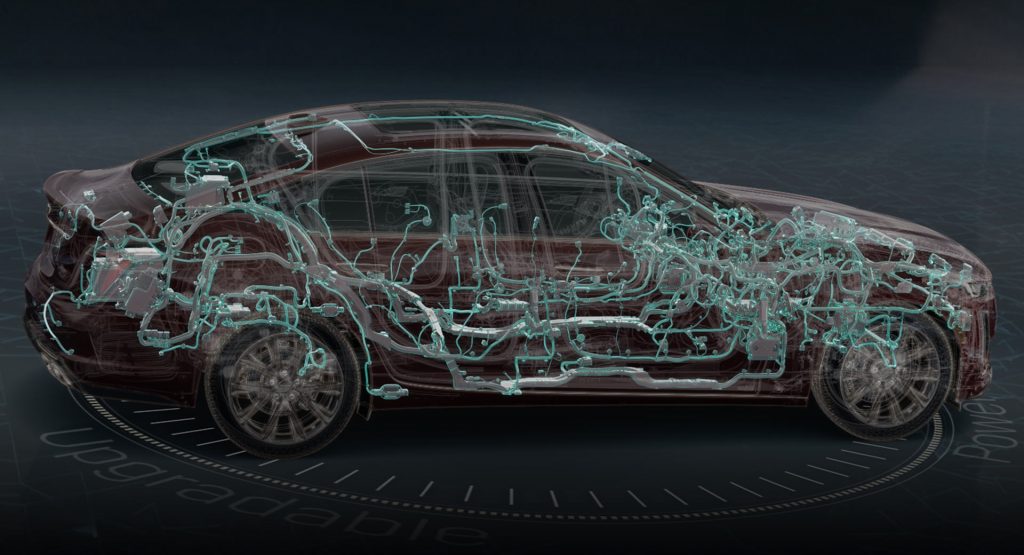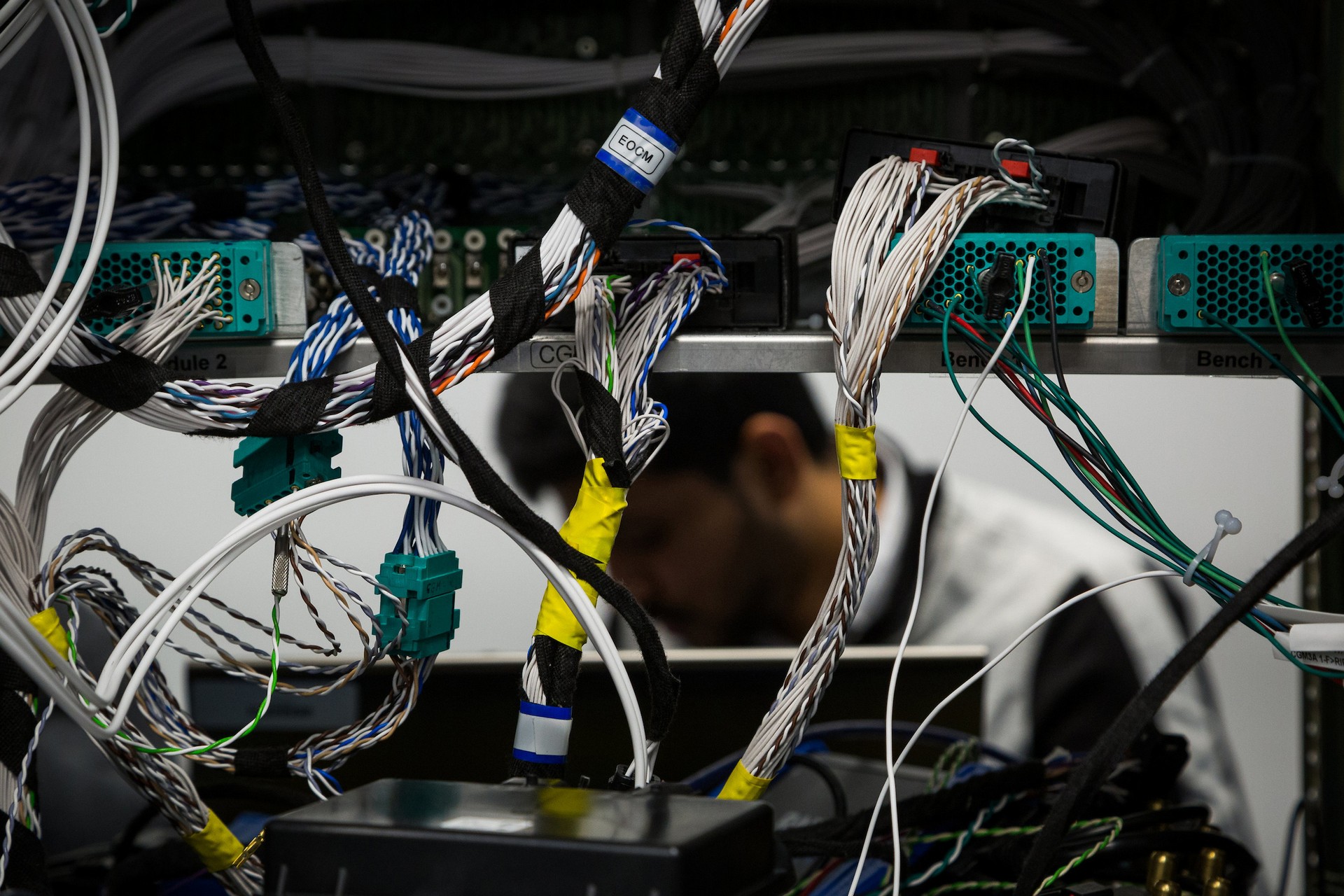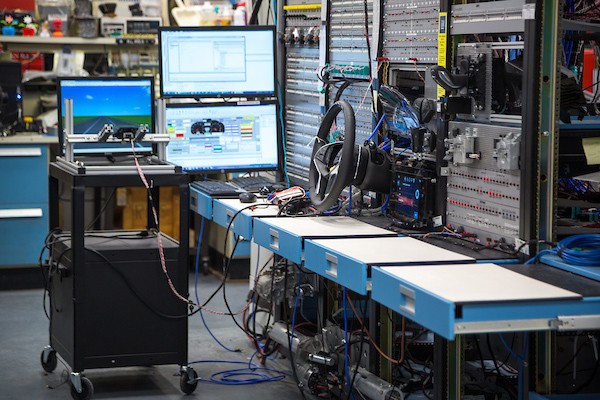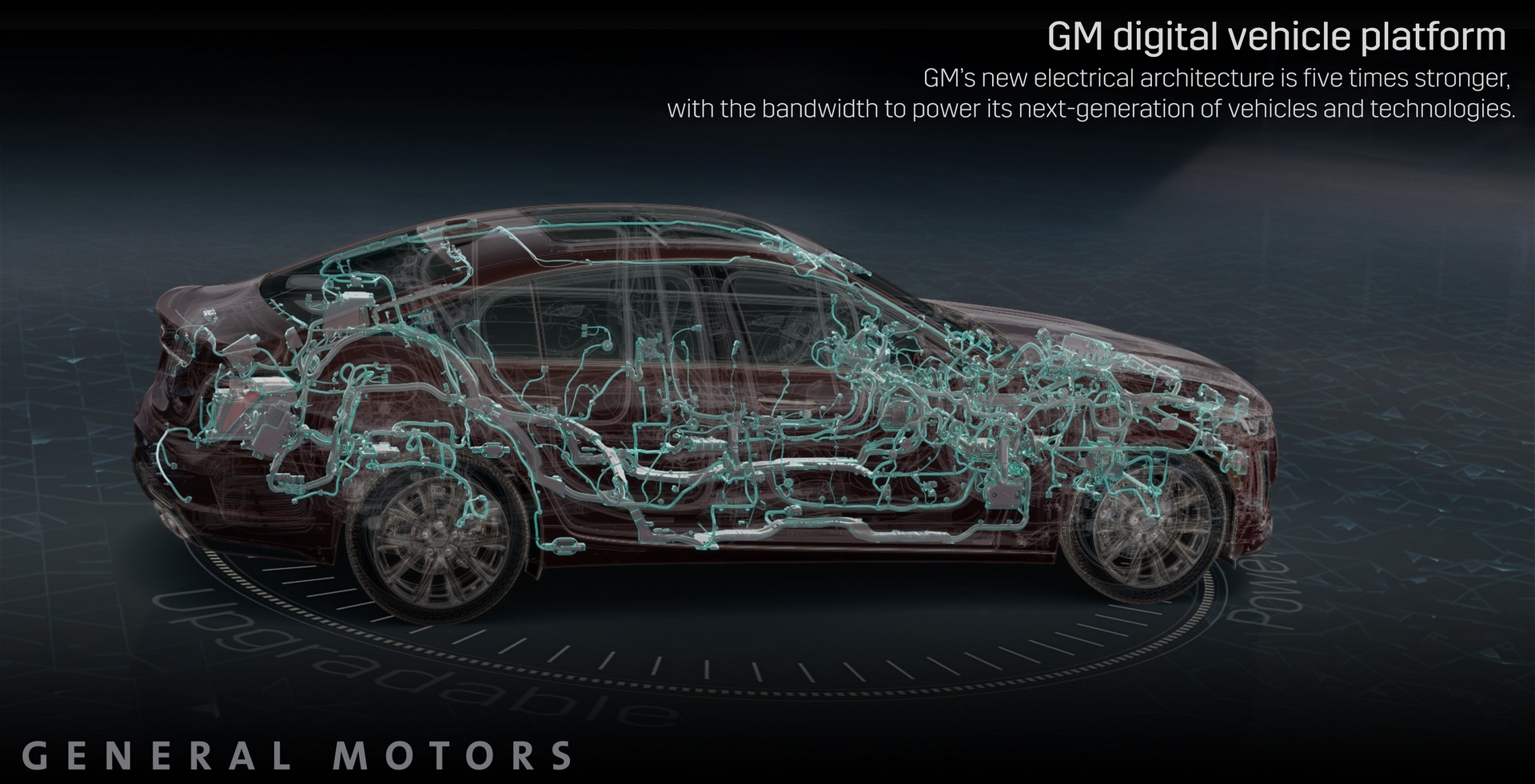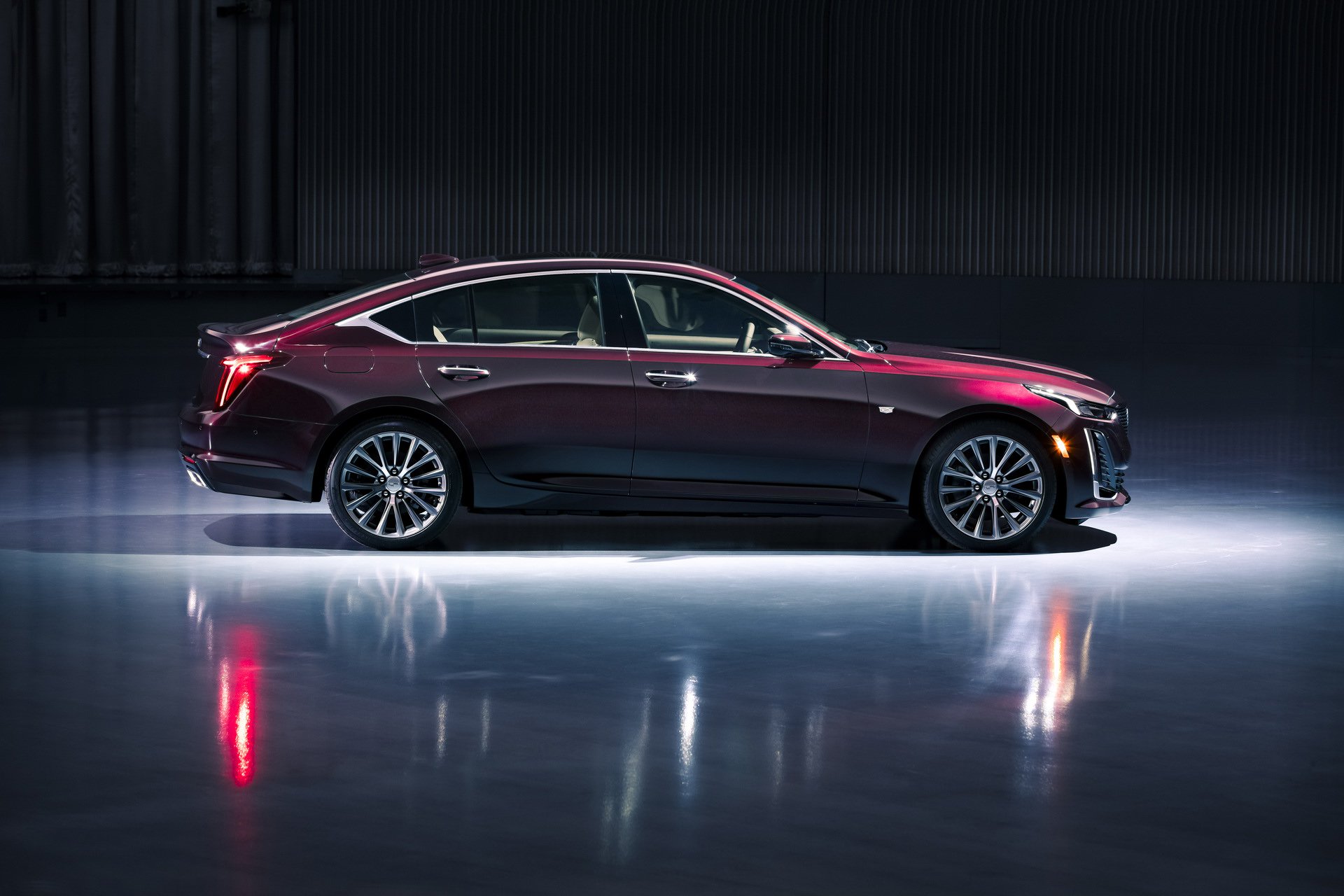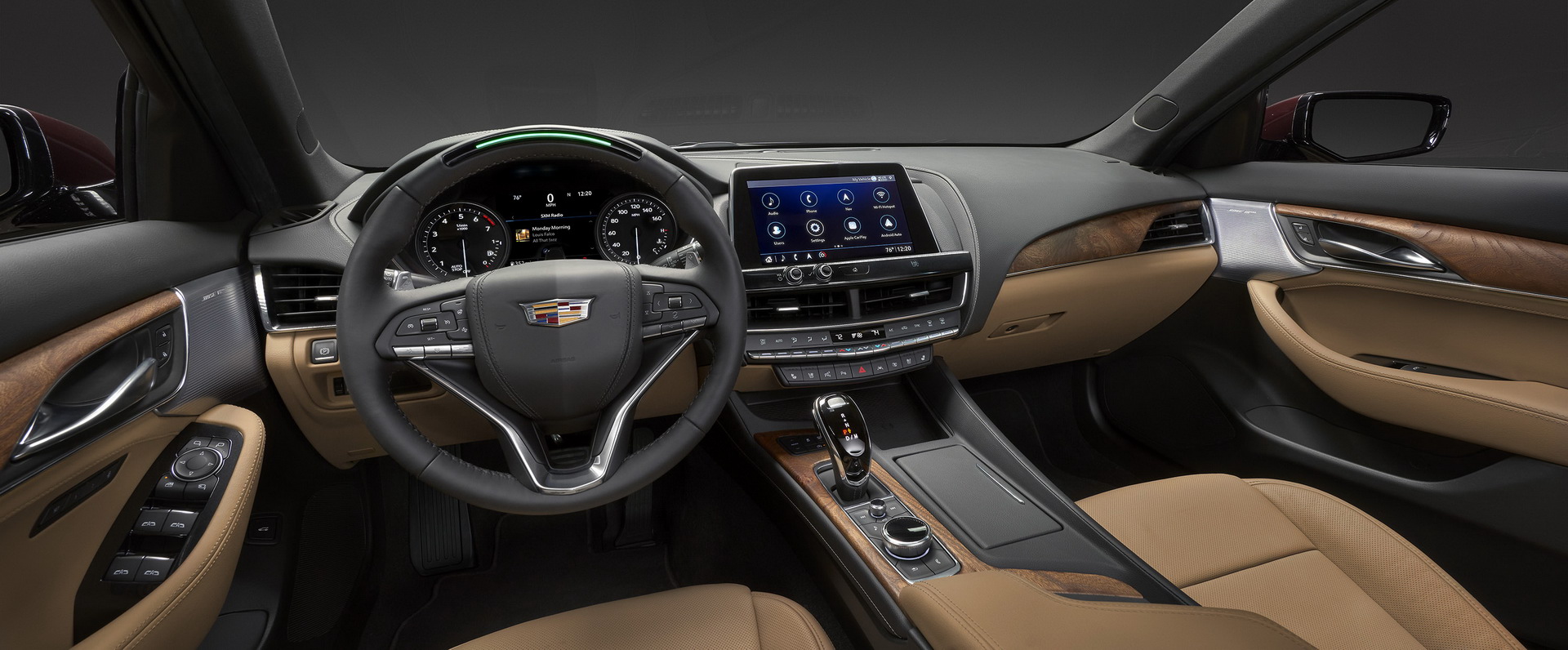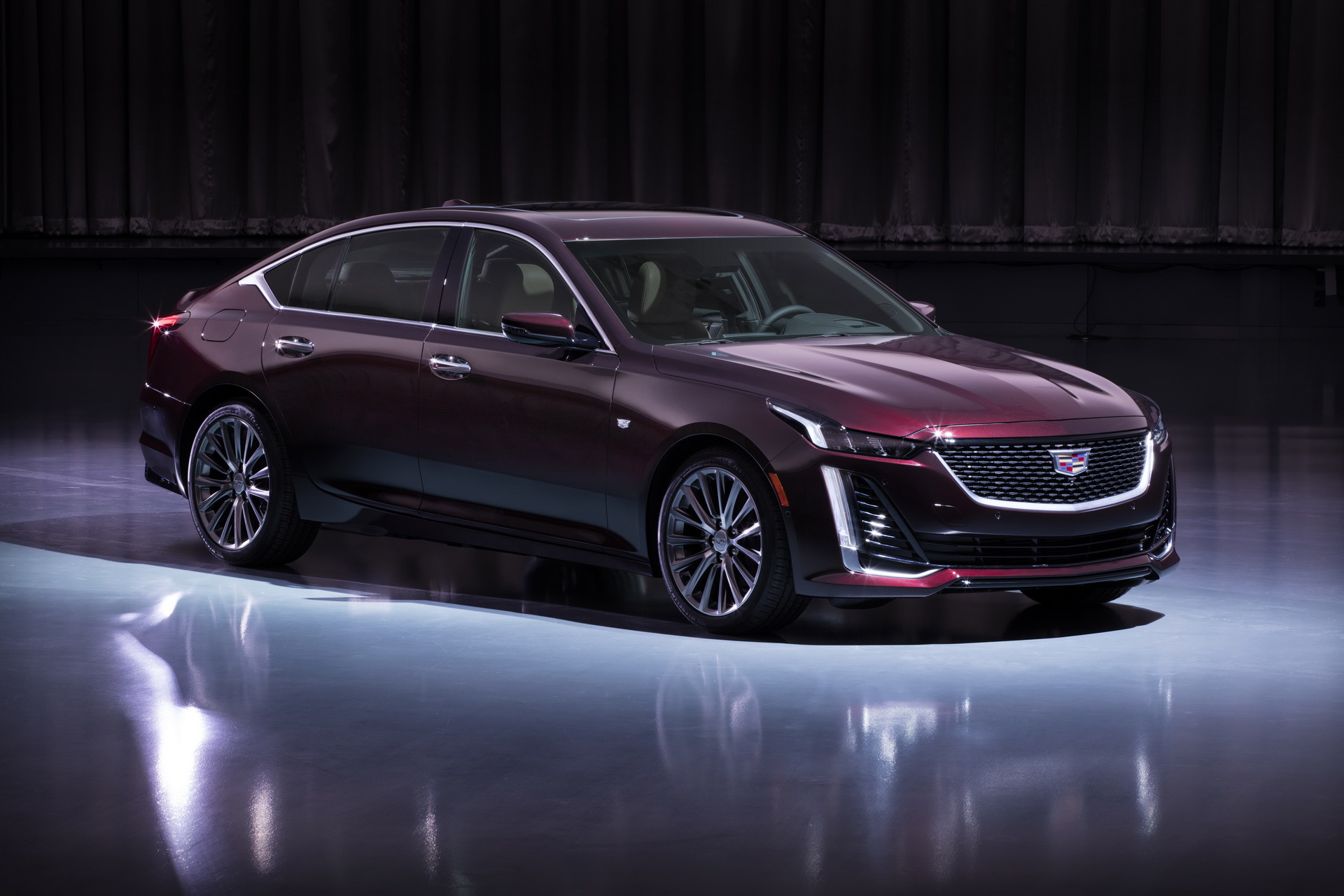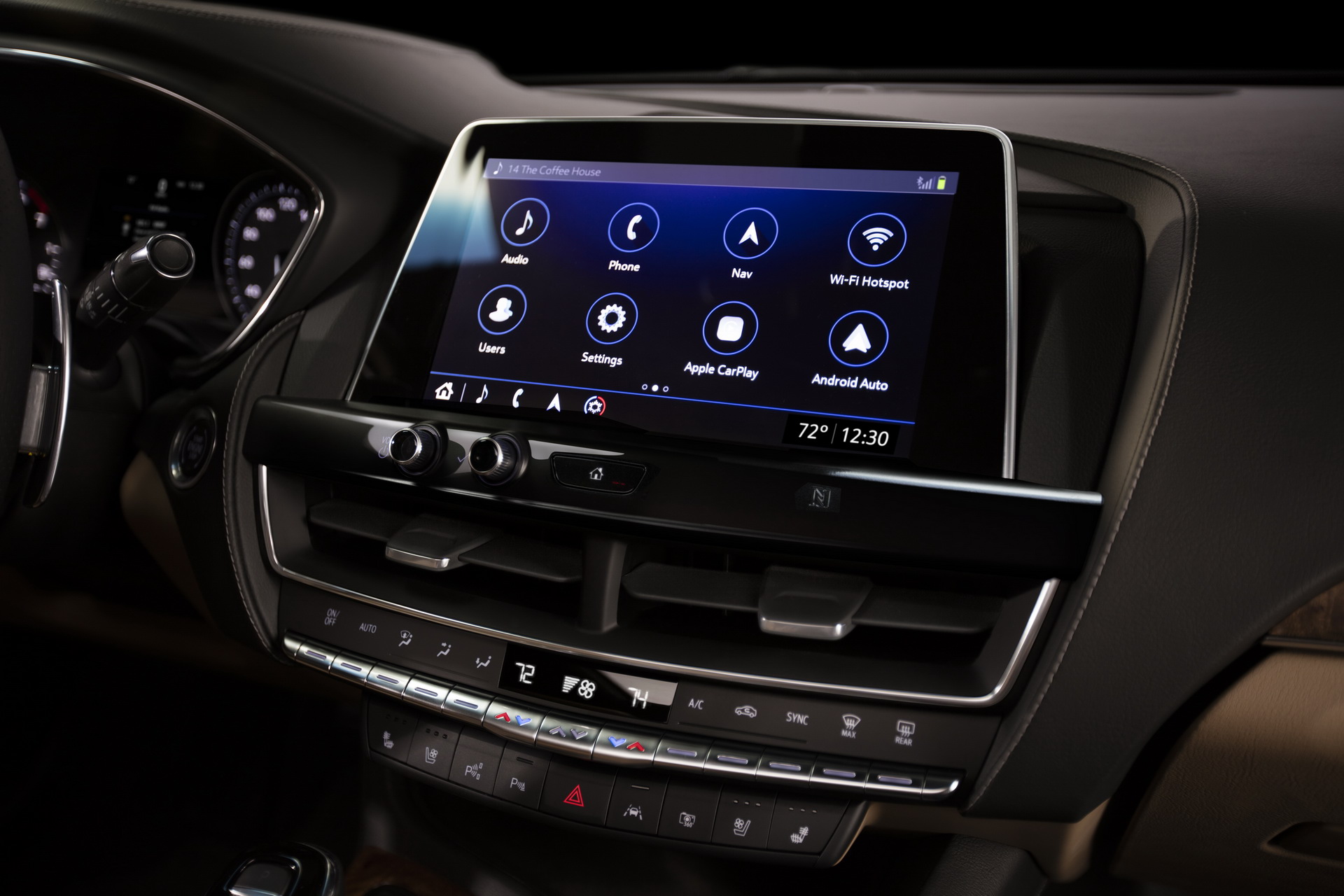General Motors has unveiled its new “digital vehicle platform” which paves the way for the next-generation of vehicles, active safety features and an evolution of the Super Cruise semi-autonomous driving system.
According to GM, vehicles are evolving and need more “electrical bandwidth and connectivity” to ensure things such as electric powertrains, advanced safety systems and semi-autonomous driving technology can “all run in conjunction with each other.”
As a result, GM has developed a new electrical architecture which is capable of handling up to 4.5 terabytes of data per hour. The company says this is a fivefold increase over their current architecture.
Processing power is just one benefit of the architecture as it has also been designed to provide better communications. As part of this effort, the architecture has Ethernet connections of 100 Mbs, 1 Gpbs and 10 Gbps. The architecture also allows for over-the-air software updates and customers can expect to receive “upgrades throughout the lifespan” of their vehicle.
One of the biggest changes about the architecture is its focus on cybersecurity. This wasn’t much of an issue in the past, but it’s important now as cars are more connected than ever before. GM is also working on fully autonomous vehicles and those aren’t something you want hacked and causing mayhem or being held for ransom.
Also Read: 2020 Cadillac CT5 Is A Compact (Priced) Sports Sedan The Size Of A BMW 5-Series
GM didn’t say much about the security features, but noted the “system’s DNA includes additional protective features at the hardware and software levels.” That isn’t much to go on, but GM was one of the first automakers to have a dedicated cybersecurity team focused on preventing unauthorized access to vehicles and customer data.
The first vehicle to use the new electrical architecture is the 2020 Cadillac CT5. It will be installed on additional vehicles in the future and should be included on most of GM’s global lineup by 2023.




